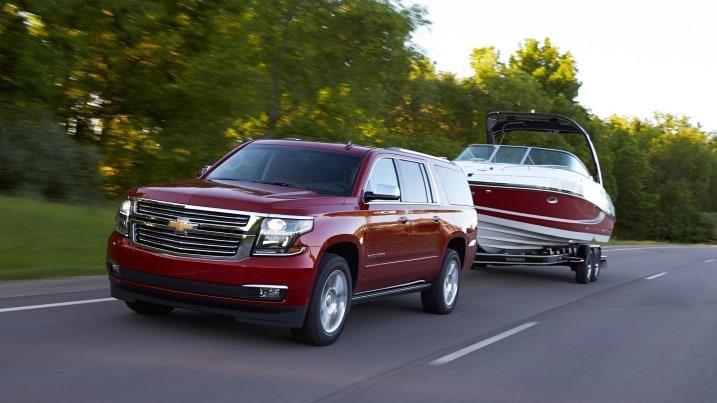Prepare to Get Wet
Towing a horse trailer means preparing to slog through muddy fairgrounds and trailheads. If you're towing a travel trailer, make sure the tow vehicle can handle the electrical load of a house on wheels. A boat brings special considerations, too.
Most of those challenges are directly related to water. Boats usually launch off trailers positioned at the bottom of concrete or asphalt ramps. That means the tow vehicle is often near or in the water. And these ramps are often slimy, slippery and prone to serving as the backdrop in amusing YouTube videos.
So you need to have an idea about where you'll be launching your boat. Is it a lake with a gentle slope and good traction? Or are you launching into the ocean from a ramp covered in moss? All-wheel drive or four-wheel drive can be a vital element in overcoming the low-traction situations that a boat tow vehicle can encounter. In two-wheel-drive vehicles, make sure the drive wheels are connected by a limited-slip differential or an electronic traction control system.
All that water will also intrude into all sorts of places in your vehicle. Make sure you're willing to clean the entire vehicle after it gets wet, particularly if you're launching your craft into corrosive salt water.
For truck beds, particularly those that are being used around salt water, consider using a spray-in bedliner. Products such as Line-X will completely seal a bed from water intrusion. That's different from a drop-in plastic liner, which can hold water. Don't invite rust to attack your new truck.
Swimming, water skiing, fishing and every other thing you do with a boat will bring moisture back to the tow vehicle. So protect the vehicle's floors with rubber mats to capture all the drips. They'll be a lot easier to clean than carpet. And consider investing in covers for the upholstery, too.



 by
by 
